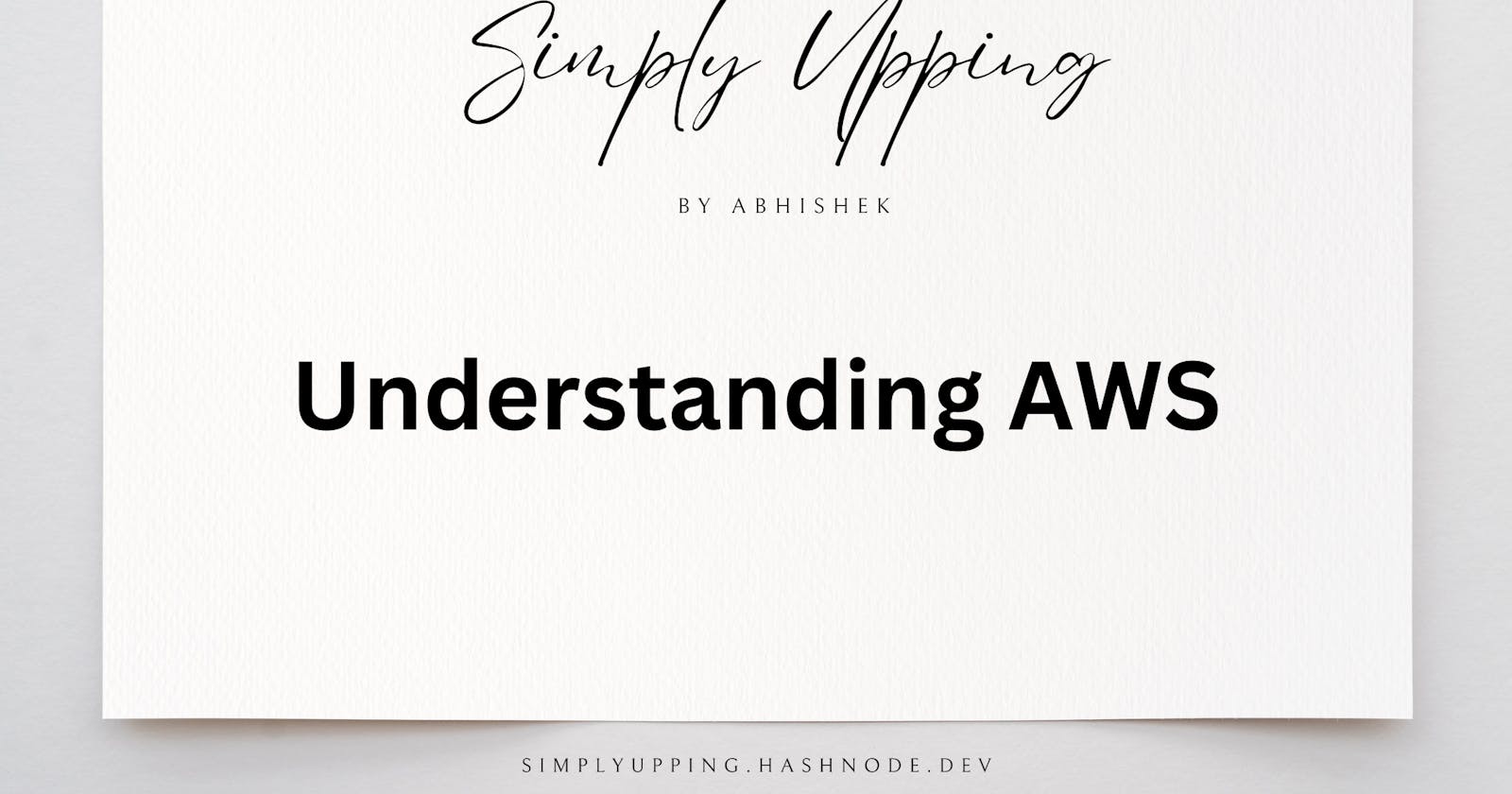Learning about AWS from scratch | Part I
Failed an interview coz I didn't know much about AWS, hence started learning about it. Keeping it in public here and in coming blogs.
Table of contents
Who am I?
I am working as a technical writer with not much of a coding background. Worked on drafting user manuals for SaaS-based products and currently looking for work opportunities around technical documentation - API Documentation, Release Notes, Dashboard Documentation, Integration Guides, How To Guides, Architecture Guides etc.
Link to my detailed resume here.
What services does AWS offer?
Computer storage
Network security tools
Blockchain solutions
Machin learning
artificial learning
Robot development platforms
More specialized applications
Video production management systems
Orbital satellites management systems
Moving onto the what is the client-server model:
What is a client-server model?
in computing
Client - It can be a web browser or a desktop app that a user interacts with.
Server - The server is an Amazon web service like Amazon Elastic Compute Cloud, any type of virtual server.
Next up is taking the client-server interactions on the virtual cloud. So, the first thing to know what is cloud computing is.
What is cloud computing?
Cloud computing is the on-demand delivery of IT resources over the internet with pay-as-you-go pricing
On-demand delivery
It indicates that #AWS has resources one needs when we need them. As simple as that!
The undifferentiated heavy lifting of IT
Tasks that are common, often repetitive and time-consuming. AWS does the heavy lifting of data center operations like racking, stacking, and powering servers. It also removes the operational burden of managing operating systems and applications with managed services. This allows you to focus on your customers and business projects rather than on IT infrastructure.
Types of deployment models for cloud computing
Following are the types of models that can be deployed as per the business requirements:
Cloud-based
Runs all parts of the processes on the cloud.
Existing applications can be migrated to the cloud.
New applications can be designed and built in the cloud
In this model, the user can migrate existing applications to the cloud or design and build new applications in the cloud.
It can be built on a low-level infrastructure - this requires IT staff to manage the infrastructure.
Using a high-level infrastructure reduces the architecting and scaling requirements.
On-premises
By using on-prem deployment:
Resources can be deployed using virtualization and resource management.
Increase resource utilization using application management and virtualization.
On-prem deployment is also known as private cloud deployment.
Hybrid development
In hybrid deployment:
Cloud-based resources can be connected to on-premises infrastructure.
Cloud-based resources can be integrated with legacy IT applications.
A hybrid deployment is beneficial when there are legacy applications in the company. Using hybrid deployment, the company would be able to keep the legacy applications on-premises while benefiting from the data and analytics services that run in the cloud.
After all this introductory part, still the question remains: WTH does AWS help for?!!
The answer is here:
Using the AWS Cloud, a user can spin up a virtual machine straight up!
By specifying the number of virtual CPU cores, memory, storage, and other characteristics in seconds, and paying for the infrastructure in per-second increments only while it is running, the whole system cluster can be set up in a go.
One benefit of the AWS global infrastructure network is that the user can provision resources in the Region or Regions that best serve your specific purpose. There is this built-in flexibility and scalability, with which, a user can build an application to serve your first customer, and then scale to serve your next 100 million!
We will dig deeper into further blog posts.
Please subscribe to our blog to keep in touch!
Follow me on Twitter here
Tools used:
Cover designed using Canva
All content things: Hashnode!
